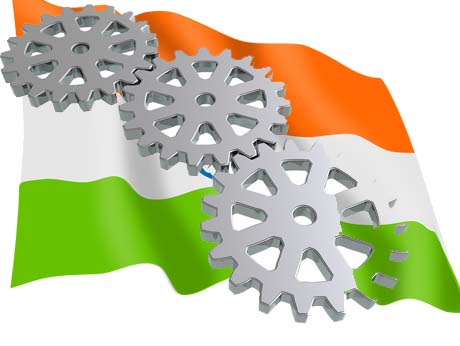
April 14 2020: As the internet becomes our economic, educational and social window to the world, ten innovators that built this critical technology give their thoughts on our post-pandemic future. These visionaries are part of the Marconi Society, a foundation that inspires and connects those creating new technology for a digitally inclusive world. They include India-born Emeritus Professor of Electrical Engineering at Stanford University (US), Arogyaswami Paulraj who invented the technology that powers mobile and WiFi networks. He argues that we need far more innovation in telecommunications to build the medical infrastructure necessary to deal with pandemics.
Dr Paulraj says:
While the COVID-19 pandemic will be a major social and economic disruption, the broader impact should abate in two to three years. We should use this crisis to better prepare for the future.The current global response to COVID-19 would not have been possible without telecommunications. But we need more innovation in telecommunications to build the medical infrastructure we need to deal with pandemics.
The possibility of zoonotic infections has been around for millennia, but modern mass transportation and high-density living make them much more pandemic capable. Therefore, society will need tools to better prepare for future pandemics that can arrive more frequently and be even more deadly than COVID-19. Possible ideas include:
- Internet of Health Things: We need scale population data to help detect and measure pandemic incidence. One example is Kinsa, a smart thermometer that uploads patient temperature to a cloud data base This has already been used in Florida to detect possible COVID-19 hot spots. Many more such tools can be developed, including at-home antibody testing or, in the future, even nucleic acid testing.
- Individual infection potential tracing either from contact with an infected person or perhaps even with infected surface. While rudimentary tools are already available, we can build far better tools with more specificity and geographical and temporal sensitivity.
- Surge management for hospitals. Severe shortages of hospital resources are a huge problem in pandemics. Online data-driven management systems for matching patients, supplies or even medical care workers to hospitals best equipped to handle surges can be vital. All this will need high-speed and reliable wireless connectivity.
- Tele-screening. A lot of resources (personal protective equipment and health care worker time) go into testing and screening to identify patients needing hospital care versus those that can recover at home. Good telemedicine-based screening tools can reduce this burden significantly.
These are just a few examples. Welcome to the Age of Pandemics.
Other innovators whose views were released today include, Vint Cerf, ‘ Father’ of the Internet and Martin Cooper who developd the first portable phone while at Motorla. Here is a link to all 10 views